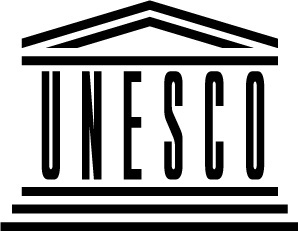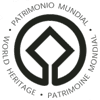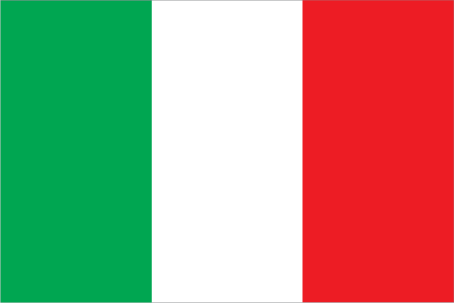UNESCO World Heritage Sites represent some of the best natural, cultural and historic attractions in world travel.
Below are details of the 51 cultural, natural and mixed sites inscribed for Italy to date
(a red World Heritage symbol denotes a site currently regarded as endangered).
For more details of these properties, click on the links to the UNESCO website and the photographic galleries of these sites
from OurPlace (where available). Also, check out UNESCO's Intangible Cultural Heritage for Italy below.
 | 1979 - Rock Drawings in Valcamonica |
Cultural site | |
|---|
 | 1980 - Historic Centre of Rome, the Properties of the Holy See in that City Enjoying Extraterritorial Rights and San Paolo Fuori le Mura |
Cultural site |
 |
|---|
 | 1980 - Church and Dominican Convent of Santa Maria delle Grazie with "The Last Supper" by Leonardo da Vinci |
Cultural site |
 |
|---|
 | 1982 - Historic Centre of Florence |
Cultural site |
 |
|---|
 | 1987 - Piazza del Duomo, Pisa |
Cultural site |
 |
|---|
 | 1987 - Venice and its Lagoon |
Cultural site |
 |
|---|
 | 1990 - Historic Centre of San Gimignano |
Cultural site |
 |
|---|
 | 1993 - The Sassi and the Park of the Rupestrian Churches of Matera |
Cultural site | |
|---|
 | 1994 - City of Vicenza and the Palladian Villas of the Veneto |
Cultural site | |
|---|
 | 1995 - Crespi d'Adda |
Cultural site |
 |
|---|
 | 1995 - Historic Centre of Naples |
Cultural site |
 |
|---|
 | 1995 - Ferrara, City of the Renaissance, and its Po Delta |
Cultural site |
 |
|---|
 | 1995 - Historic Centre of Siena |
Cultural site |
 |
|---|
 | 1996 - The Trulli of Alberobello |
Cultural site | |
|---|
 | 1996 - Castel del Monte |
Cultural site | |
|---|
 | 1996 - Historic Centre of the City of Pienza |
Cultural site | |
|---|
 | 1996 - Early Christian Monuments of Ravenna |
Cultural site | |
|---|
 | 1997 - Cathedral, Torre Civica and Piazza Grande, Modena |
Cultural site | |
|---|
 | 1997 - 18th-Century Royal Palace at Caserta with the Park, the Aqueduct of Vanvitelli, and the San Leucio Complex |
Cultural site |
 |
|---|
 | 1997 - Costiera Amalfitana |
Cultural site |
 |
|---|
 | 1997 - Botanical Garden (Orto Botanico), Padua |
Cultural site |
 |
|---|
 | 1997 - Villa Romana del Casale |
Cultural site | |
|---|
 | 1997 - Residences of the Royal House of Savoy |
Cultural site | |
|---|
 | 1997 - Portovenere, Cinque Terre, and the Islands (Palmaria, Tino and Tinetto) |
Cultural site |
 |
|---|
 | 1997 - Archaeological Areas of Pompei, Herculaneum and Torre Annunziata |
Cultural site |
 |
|---|
 | 1997 - Archaeological Area of Agrigento |
Cultural site |
 |
|---|

Historic Centre of Florence | 
Venice and its Lagoon | 
Piazza del Duomo, Pisa |

Intangible Cultural Heritage
Recently UNESCO has begun to document the world's
Intangible Cultural Heritage which includes "traditions
or living expressions inherited from our ancestors and passed on to our descendants, such as oral traditions,
performing arts, social practices, rituals, festive events, knowledge and practices concerning nature and the universe
or the knowledge and skills to produce traditional crafts".
The current listings for Italy are shown below - click on the links for more details.
Representative List of the Intangible Cultural Heritage of Humanity













